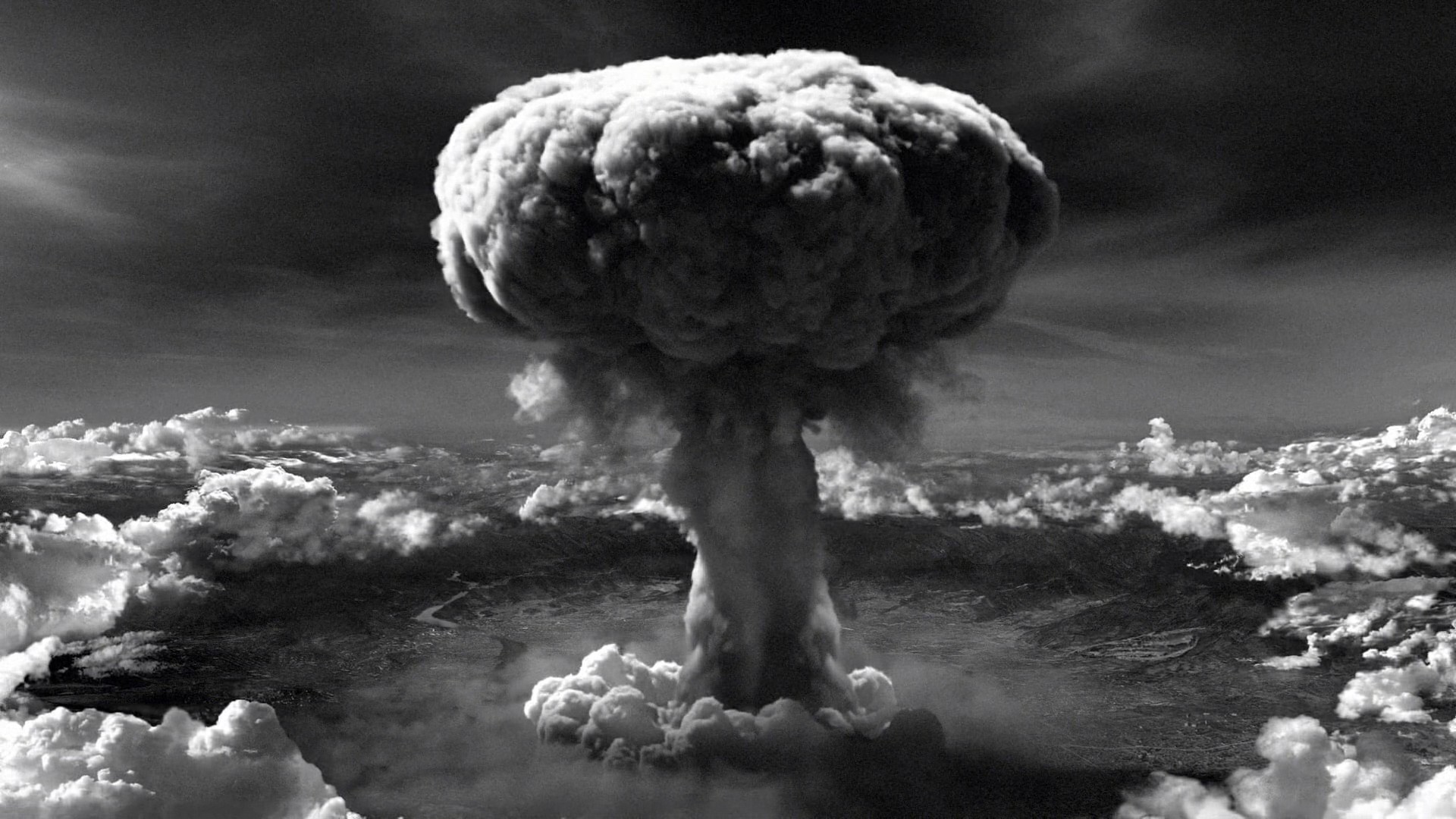- Home
- About
- Benefits & Services
- State Veterans Homes
- Nevada Veterans Memorial Cemeteries
- Community
- News
- Suicide Prevention
- Opioid Prevention
- Donate
- Fallen Heroes
- Nevada’s Veterans Memorials
- Calendar/Events
- Nevada Transition Assistance Program (NVTAP)

By Chuck N. Baker
(Wendover) — Portions of the roots of wartime atomic weapons and development of atomic bombs are firmly based in several states, including major efforts in New Mexico. A great deal of the intelligence and research went into designing and building an atomic bomb that twice dropped on Japan during WWII. In New Mexico, bombs named Fat Man and Little Boy were assembled and later used on Japanese cities. But Nevada also played a strong part in preparation for that war-ending event, although not a lot is written about the State’s contribution. We’ll review that in a moment.
But first, let’s look at the war itself and what led to our use of atomic power. Japan’s attack on Hawaii’s Pearl Harbor brought the United States into the war, which had been raging in Europe for several years. Major hostilities were initiated by Germany through its invasions and attempted invasions of many of its neighbors. Germany also had an arms pact with Japan, so when President Franklin D. Roosevelt declared a state of war with Japan after Pearl Harbor, Germany was automatically an added enemy. Unknown in Washington at the time, Germany’s Fuhrer Adolf Hitler had already drawn up plans to invade the U.S. mainland if the war had gone his way. And his scientists were working frantically and well along the way in developing a nuclear bomb of its own. Japan also had a fledgling nuclear program, but it was not even close to fruition.
The United States and its Allies had won the war with Germany and plans were made to receive its surrender. The Allies then created its Potsdam Declaration on July 26, 1945, seeking unconditional surrender of the Imperial Japanese armed forces. Japan was told it would suffer “prompt and utter destruction” if it did not sign. Japan ignored the ultimatum and the war continued. Interestingly the U.S. had to seek permission from the United Kingdom to use nuclear weapons, according to a mutually agreed upon contract known as the Quebec Agreement. Permission was granted. The result came in August when a modified B-29 dropped Little Boy, a uranium gun-type bomb, over Hiroshima. When Japan continued to refuse to surrender, another B-29 dropped Fat Man, a plutonium explosion bomb on Nagasaki. Hundreds of thousands of individuals died. To this day, it remains the only military use of atomic weapons in a wartime situation. Some say it saved American lives, since it alleviated an invasion of American troops that would have resulted in many U.S. casualties. Others say Japan was close to surrendering anyway and there was no need for the use of atomic weapons. No one will ever know the answer. But 2019 marks the 74th anniversary of the event. There are many alive today who report that they most likely would not have been born if their future father’s had taken part in the planned invasion and been killed in combat.
So what part did Nevada play in the bombings? Mark Hall-Patton, the administrator of Clark Country Museums, has the answer. “Men at Wendover (Northern Nevada military base) were trained on how to load an atomic bomb,” he said. The men weren’t actually told what it was they were loading, and they were not handling an actual bomb. It was an item the size and shape of a bomb, but it did not include any explosives. “They loaded a particular sized unit into a B-29,” Hall-Patton said. “They trained over and over again. They had to be certain not to jar it or bump it.” When the time came to load the actual ordnance, it had to be perfect. Jarring the actual bomb could dislodge or otherwise harm the internal workings, and if so, it might not explode when dropped. Fortunately, all went as planned.
The ending of the war didn’t stop Nevada’s connection to the atomic bomb. Beginning in the 1950’s, what became the Nevada Test Site in the southern part of the State came into being, and above-ground testing of bombs began for several years. The mushroom clouds could be seen from Las Vegas, and became a tourist attraction. In a booklet published for the public in 1957 by the Atomic Energy Commission, the text read, “Forty-five nuclear fission weapons, weapon prototypes, and experimental devices were fired at the (site) from January 1954 to June, 1955. … Nevada tests have clearly demonstrated their value to all national atomic weapons programs. They have made important contributions to the development of a whole family of weapons, including ones for defense against attack. Because of them our armed forces are stronger and our Civil Defense better prepared.” Later, additional tests were conducted underground.
Individuals can view the anniversary of the bombings in different ways. As noted above, some say it was not justified, and others disagree. But in Hiroshima each year, a tribute is paid to the many men and women, most of them civilians, who died in the bombings. The country lobbies against use all nuclear weapons. In the United States, tributes are paid each year on Memorial Day and Veterans Day, honoring those Americans who fought in WWII and other conflicts. In the decades after Hiroshima and Nagasaki, the United States has threatened to use its nuclear weapons many times, but restraint has always prevailed. It is a symbol of America’s values and morals that since 1945, the United States had deliberately chosen not to use nuclear bombs or tactical nuclear weapons in any of the wars it has fought since WWII. The government and the population at large works to continue that legacy.